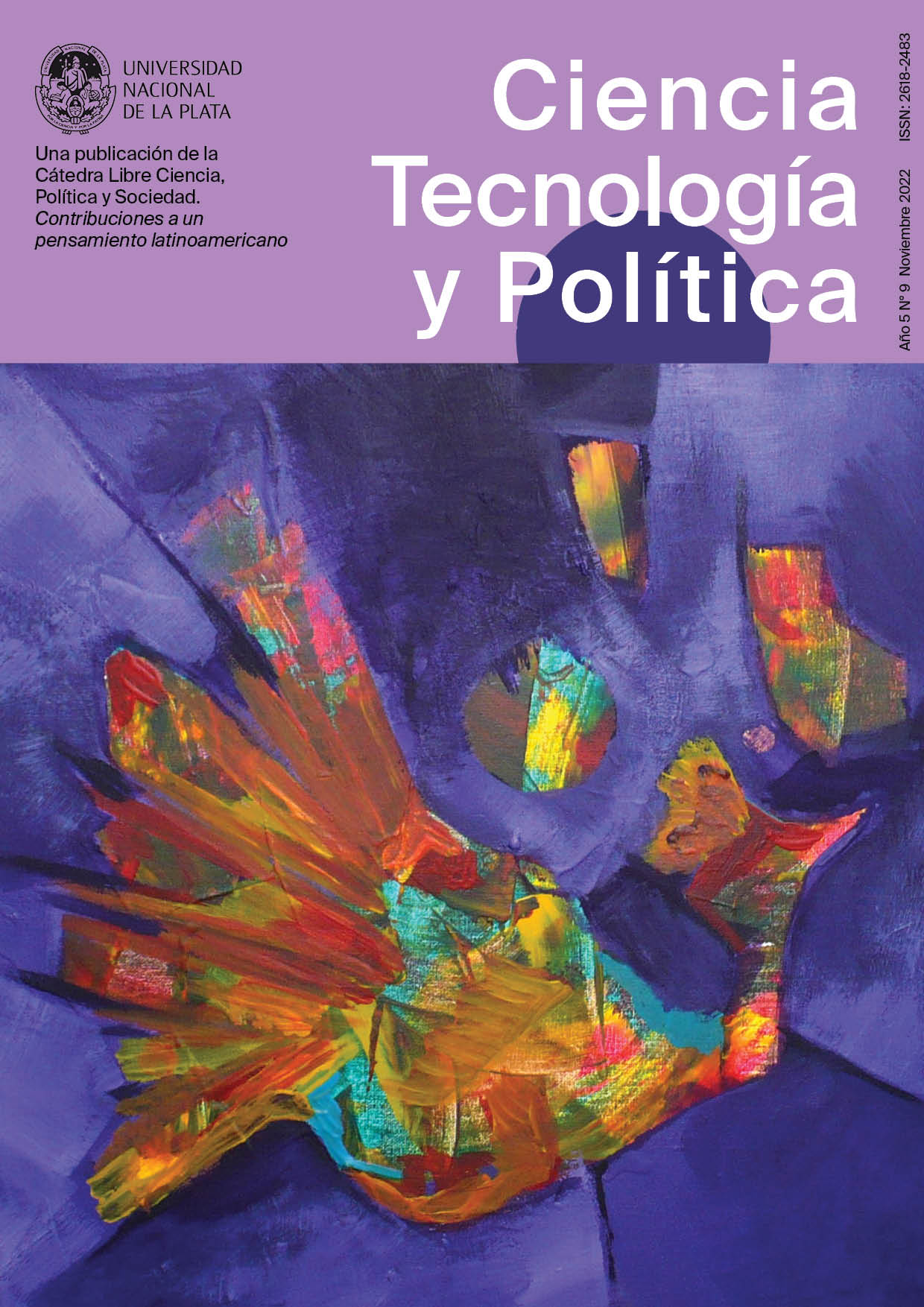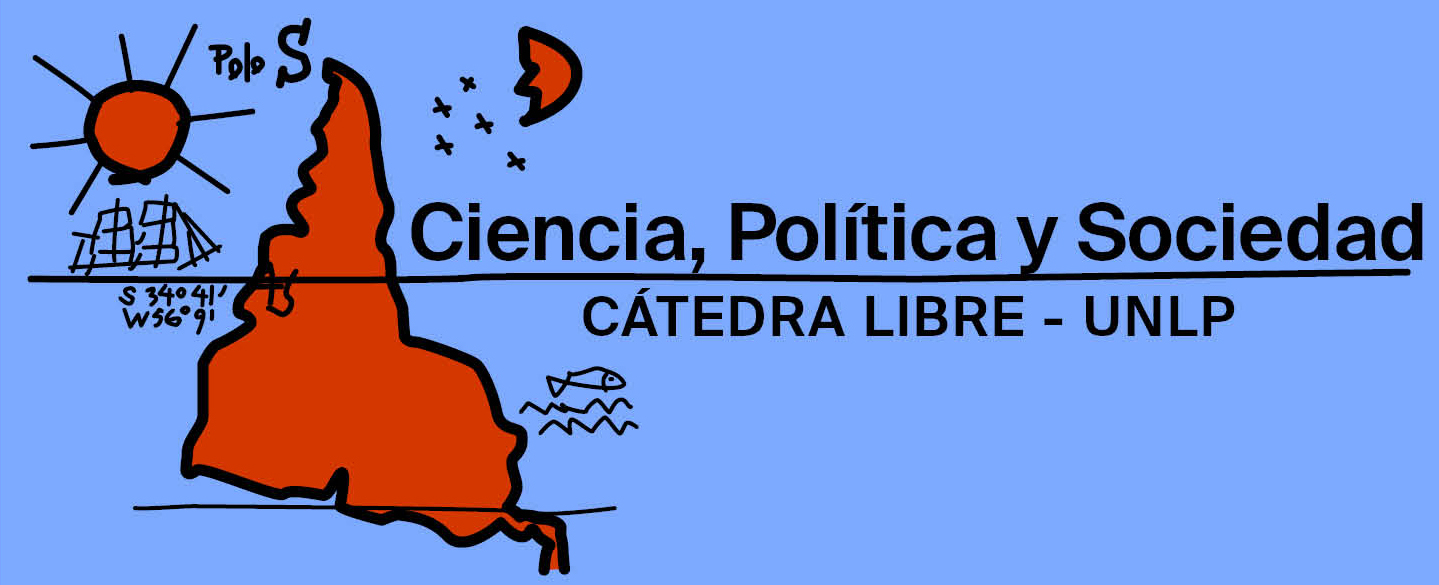The National Geographic Institute: Identity, sovereignty and territory
DOI:
https://doi.org/10.24215/26183188e082Keywords:
IGN, geography, bicontinental Argentina, mappingAbstract
The National Geographic Institute of Argentina is a scientific-technical body created more than 140 years ago. Currently, its institutional mission is aimed at obtaining accurate, timely and concise geographic information for the comprehensive development of the country. This paper presents a journey through the history of the IGN and its role in the construction of national identity. On the other hand, its importance from the point of view of territorial sovereignty is shown and finally the scientific-technological activities currently carried out by the Institution in the field of geodesy, remote sensing, digital cartography, geospatial information for the comprehensive management of risk and communication and scientific dissemination.
Downloads
Metrics
References
Cimbaro, S. (2014). Cartografía del poder, geopolítica del conocimiento. Ministerio de Defensa de la Nación Argentina.
Decisión Administrativa 520 de 1996 [Jefatura de Gabinete de Ministerios]. Estructura organizativa del Instituto Geográfico Militar como organismo descentralizado. 19 de diciembre de 1996.
Decreto 554 de 2009 [Poder Ejecutivo Nacional]. Cambio de denominación y designación del Instituto Geográfico Nacional. 18 de mayo de 2009.
Decreto 8944 de 1946 [Presidente de la Nación Argentina]. Prohíbe la publicación de mapas de la República Argentina que no representen en toda su extensión la parte continental e insular del territorio de la Nación. 2 de septiembre de 1946.
Gómez, R. (2016). Historia, soberanía y territorio: El papel de la cartografía en la diplomacia. Revista AFESE, 64.
Instituto Geográfico Militar (1912). Anuario del Instituto Geográfico Militar de la República Argentina.
Infraestructura de Datos Espaciales de la República Argentina [IDERA] (s. f.). Introducción a las IDE, ¿Qué es una IDE? Recuperado el 15 de agosto de 2022 de https://www.idera.gob.ar/index.php?option=com_content&view=article&id=530&Itemid=703#inicio
Ley 26.651 de 2010. Mapa bicontinental de la República Argentina – Sector Antártico. 15 de noviembre de 2010. Boletín Oficial N° 32.029.
Ley 27.671 de 2022. Cuestión de las Islas Malvinas: capacitación obligatoria, periódica y permanente. 6 de julio de 2022. Boletín Oficial N° 34.955.
Ley 12.696 de 1941. Ley de la Carta. 3 de octubre de 1941. Boletín Militar N° 11.816.
Ley 22.963 de 1983. Ley de la Carta: cartografía oficial. 3 de noviembre de 1983. Boletín Oficial N° 25.295.
Lois, C. (2004). La invención de la tradición cartográfica. Litorales: Teoría, Método y Técnica En Geografía y Otras Ciencias Sociales, 4, 1.
Mazzitelli Mastricchio, M. (2005). La “Carta de la República”: antecedentes, plan y desarrollo del proyecto cartográfico del Instituto Geográfico Militar. X Jornadas Interescuelas/Departamentos de Historia. Escuela de Historia de La Facultad de Humanidades y Artes, Universidad Nacional Del Rosario. https://www.aacademica.org/000-006/584
Mazzitelli Mastricchio, M. y Lois, C. (Octubre de 2004). Pensar y representar el territorio: dispositivos legales que moldearon la representación oficial del territorio del Estado argentino en la primera mitad del siglo XX. 4to Congreso Virtual de Antropología y Arqueología, Equipo NAyA.
Tobeña, V. (2019). De la clase de historia a la televisión: la política educativa argentina en torno a la Cuestión Malvinas a 30 años de la guerra. Dados, 62(2). https://doi.org/10.1590/001152582019177
Published
How to Cite
Issue
Section
License
Copyright (c) 2022 Sergio Rubén Cimbaro, Eugenia Chiarito

This work is licensed under a Creative Commons Attribution-NonCommercial-ShareAlike 4.0 International License.
The authors whose texts are published in this Journal surrender their ownership rights in favour of the editor in a non exclusive manner, i.e. the authors can enter into other independent and additional contracts to publish their text, e.g. including it in an institutional repository, thematic or otherwise, publish it in a book, or others, as long as it is overtly stated that the work was first published in this Journal.
The responsibility for each published paper as regards its content relies exclusively on its authors, holding the editors harmless for any legal liabilities.
The texts of the Journal shall be published under the Creative Commons 4.0 BY-NC-SA license. Therefore, the editors are free to:
1) Share, copy and redistribute the material using any means or format.
2) Adapt, remix, transform and create from the material, under the following conditions:
a) Attribution — credit to this work must be given in an appropriate manner, providing a link to the license and indicating if changes have been made.
b) Non-Commercial Use — no use may be made of the published material for commercial purposes.
c) Share Equal — Authors remixing, transforming or creating from the material must distribute their contribution under the same license as the original.




































